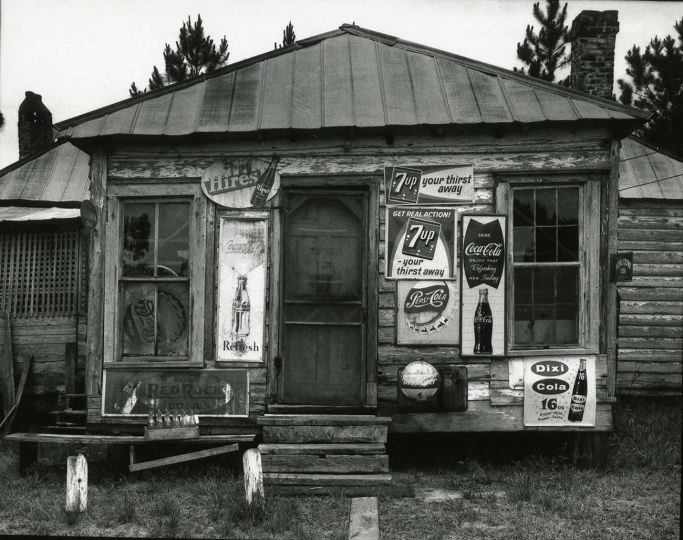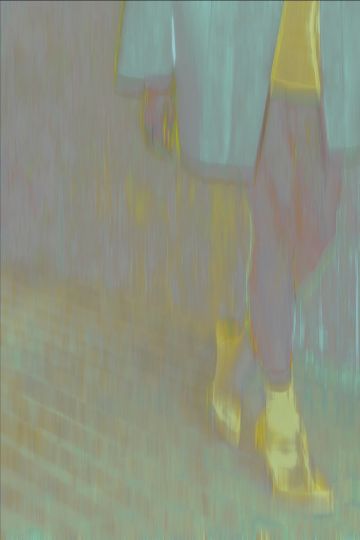Vladimir Birgus, Czech curator, photographer, teacher and founder of the Institute of Creative Photography in the Czech Republic has been interviewed by Hana Jakrlova.
HJ: You are the founder of the most successful school of photography in Czech Republic – the Institute of Creative Photography (ITF – “Institut Tvurci Fotografie), which celebrates its 20th birthday, this year. Where do you see the basis of photographers’ education, and what is specific about ITF?
VB: Obviously, we cannot provide talent to our students, but we can develop it. When the ITF was founded 20 years ago, we were only the third photography school in the entire Soviet block (there was FAMU Film school in Prague and University for graphics and book arts in Leipzig). Today there are six universities in the Czech Republic, where photography can be studied as an individual subject. That is quite a lot for a ten million country. Luckily, each one of those schools is different, with specific profile. We try to be very universal, and next to practical exercises we put a lot of emphasis on history and theory of photography. Each of our students at the end of their bachelor, magistrate or PhD studies submits comprehensive theoretical work, alongside practical work. Our specifics is combined studies. That enables to study also to people who already work and would not have time for the regular daytime studies.
HJ: Does ITF enable studying to foreign students?
VB: Yes, about a third of our two hundred students are foreigners, mainly from Poland and Slovakia, but we also have individual students from the USA, Japan, Italy or Russia. However, all of them must understand Czech, because the lectures are only in Czech language.
HJ: What areas do you try to accentuate while educating photographs… and is it possible at all, to study and learn photography?
VB: Our school has intentionally a very broad program. For our graduates it is very helpful that we insist each student tries – under the guidance of various teachers – all areas of photography, that they can encounter in their real work experience. We also stress that students learn how to think, speak and write about photography, that they orientate themselves in history of photography and fine arts, and were able to handle both analog and digital techniques. However, the free work is the most important at the ITF.
HJ: Is there something specific about Czech contemporary photography, or is the “national approach” completely assimilated in the global village of mutual influence and inspiration?
VB: Most young photographers are well oriented in what is “in” in the world of photography, thanks to internet and travelling, and they are strongly influenced by current trends. I am afraid that among our contemporary artists it would be impossible to find someone with specifically Czech approach, such as for example Josef Sudek.
HJ: What is the photography market in the Czech Republic like, compared to abroad?
VB: It is more developed then in Hungary and Slovakia, for example, but very small compared to USA, France or Germany. Photography auctions in Prague have been organized for over twenty years, but the best works of Drtikol, Sudek, Funke or Rossler are hardly ever there – those can be found in Sotheby’s or Christie’s in New York, London or Paris. There are several commercial galleries in Czech republic, where works of contemporary photographers can be purchased. There are only few collectors, but the number is increasing. Some of them are rich entrepreneurs, but some are also young people who want to get a photography print to decorate their apartment. Prague Photo plays a very positive role in this aspect.
HJ: Did the status of photography in the Czech Republic changed, in the last 20 years?
VB: Just like in all cultured countries, photography got out of its closed ghetto and became a dominant part of contemporary art. Photographs are often created also by professional painters, graphic artists or sculptures, and exhibited by the most important galleries. The only sad exception is the National Gallery in Prague, who’s controversial director Milan Knizak still did not establish any independent photography collection and who organizes photography exhibition only very sporadically… Luckily, exhibitions of most important Czech and international photographers can be found in other large galleries – Rudolfinum Gallery in Prague, Gallery of the City of of Prague and Moravian Gallery in Brno.
HJ: What do you consider the biggest success, in your curatorial and pedagogic career?
VB: THe fact that thanks to many large exhibitions, books and catalogues, presented abroad, we managed to show that Czech photography is not just Drtikol, Funke or Koudelka, but that we boast dozens of great authors. Even in the 80-ies, books on history of photography and encyclopedias were published without any mention of Josef Sudek. Nowadays, photography prices of some works of Sudek, Drtikol and Funke or Rossler reached over 100.000 EUR. Just ten years ago, it was only the real experts who knew of essential asset of Jaroslav Rossler for the abstract and constructivist photography. A huge credit deserve Prague publishers KANT and Torst, that published beautifully printed books and find their way into distribution abroad. I am happy that we managed to publish the book Czech Photographic Avant-Garde 1918 – 1948 at the MIT Press and to organize exhibition of the same name in Barcelona, Paris, Lausanne, Prague and Munich. Last year, after many years of preparation, we published together with Jan Mlcoch a large publication Czech Photography of the 20th Century. However, many Czech photographers are still waiting for their international appreciation. We should not be under any illusions – Czech art has never been in the epicenter of art interest as much as art from USA, France, Britain, Germany, Japan or China. However, Czech photography is undoubtably better known then Czech painting or sculpture.
















